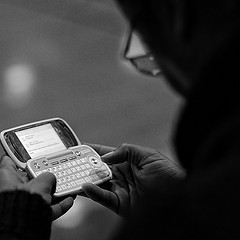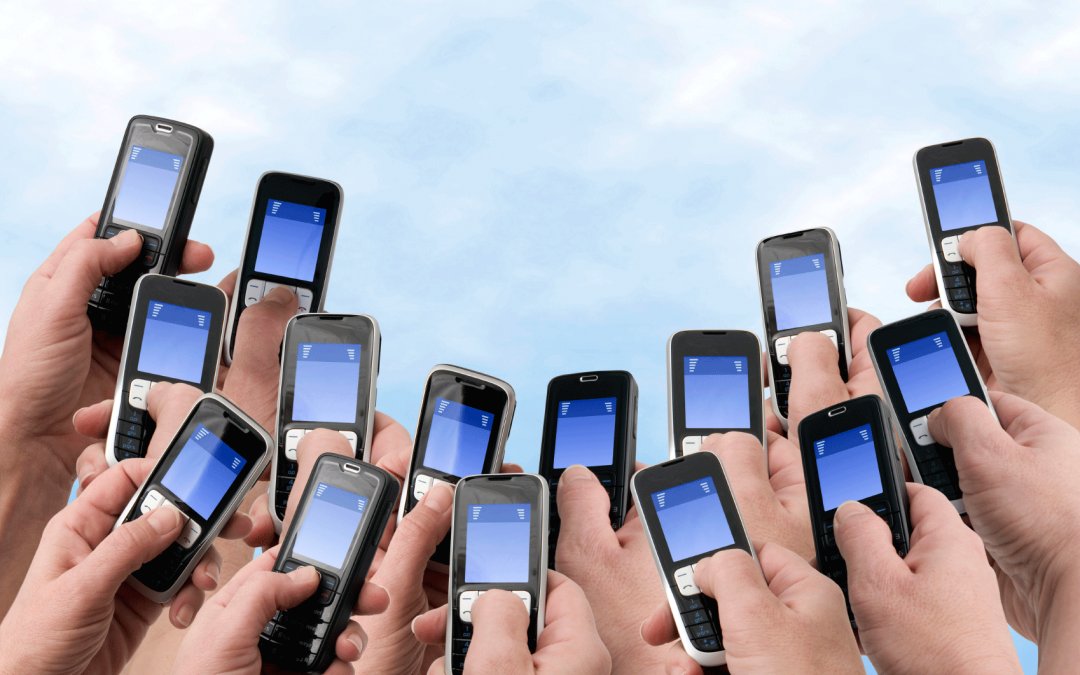
by anton | Sep 16, 2015 |
We are now halfway through South Africa’s annual Heritage Month. According to that online custodian of all earthly knowledge, Wikipedia, Heritage Day is a South African public holiday celebrated every year on 24 September. On this day, and indeed increasingly during the whole month of September, South Africans are encouraged to celebrate their culture and the diversity of their beliefs and traditions. This commitment to marking our joint heritage in general terms had me thinking specifically about South Africa’s unique mobile heritage. Those of us who were there at the start, when the mobile floodgates were thrown open in 1993, would be familiar with South Africa’s cellular journey. It’s been a long and impressive trek indeed, with a whole host of mobile innovations being developed by South Africans for our unique conditions. I remember the first “cocus plumosa” base station disguised as a palm tree being erected in Sandton around the same time prepaid cellular was taking off in 1996. Brolaz Projects, local designers of the palm and other tree varieties, went on to build hundreds of them right across Africa and elsewhere. Vodago, now about 20 years old, was billed as the world’s first successful prepaid cellular system. There are literally hundreds of locally-developed mobile innovations but for the purposes of this mobile advertising platform, let’s zoom in on prepaid. Prepaid cellular should be celebrated as the ‘grand dame’ of mobile marketing because it led to so many mobile advertising platforms that are now available to the marketer. Chief amongst these are the text tags that are appended to the free ‘Please Call Me’ messages that practically every...

by anton | Sep 11, 2015 |
A media milestone of sorts occurred this week when the New York Times passed the one million mark in the number of digital-only subscribers to that venerable 165 year-old institution. As the print editions of many a newspaper continue to fade into obscurity, digital editions take up the slack. And it is not only digital incarnations of formerly print-only advertising vehicles that are finding growing favour with audiences, it is entirely new digital technologies that consumers are turning to in droves. With mobile phone penetration in South Africa alone about to move up to the 140% mark, possibly next year, it’s unfortunate that some marketers refuse to recognise the signs pointing to the demise of print – very recently I mentioned to an acquaintance that a certain story had appeared on the web portal of a well-known South African newspaper, and set about showing him the article on my tablet. All he wanted to know was if he could nip down to the shops, pick up a hardcopy and find the same story in the print edition which has become embarrassingly thin. Make no mistake, print will always have a place in society and that’s especially true with leisure reading, even though today a print edition of a book has a less than 1% chance of being offered for sale in an average bookstore. However, the fact is while we’re (allegedly) better informed, we’re reading less and what we are reading, is more often than not being consumed on a mobile phone screen. Tablets, laptops and desktops combined don’t even equal the amount of content consumers view on their...

by anton | Aug 27, 2015 |
A recent viral email that was a little more business-related and that had clear commercial objectives was Volkwagen’s ‘The Fun Theory’ where the brand used a series of experiments to find out if one could make people healthier and more environmentally conscious if mundane activities were made more fun. While piano stairs and the world’s deepest trashcan were examples of things people suggested, it’s not clear if the resultant viral emails directly led to sales. Another type of ‘viral’ marketing communication is, of course, that which is transmitted across mobile devices. Marketers are able to send consumers special offers in the form of SMS vouchers, they can tag them onto ‘Please Call Me’ messages, load them into USSD scripts, and more. And it’s not just vouchers that consumers can engage with, practically any promotional tactic hitherto used in the world of marketing has a mobile equivalent that outperforms the old-style promo device. Clever use of the mobile medium to deliver promotional messages has the potential to develop into the cellular world’s version of ‘word of mouth’ communication. The ease and speed by which mobile communication takes place means literally anyone on a consumer’s contact list can be a recipient of a special offer that’s gone viral. A good mobile campaign can directly translate into feet in stores, or tangible online purchases. The key to driving sales through voucher conversations is to apply a time limit to the special offer that one is transmitting via SMS or OTT channels such as WhatsApp. A time limit has the effect of ensuring that the consumer has a certain amount of time in...

by anton | Aug 20, 2015 |
Oftentimes in our enthusiasm to promote the mobile advertising medium we don’t clearly convey just how complementary traditional and mobile ad mediums can be. Let’s take a brief look at why – if properly integrated by a team of specialists – they can go together like vanilla and chocolate, or perhaps more accurately rum and raisin… Mobile and traditional advertising a perfect fit. Many people erroneously believe the fact that the overwhelming majority of cellphone users keep their phone within a one metre radius of themselves means that they are exclusively engaged with their cellphone screens. In fact, while their mobiles are indeed top of mind, the cellphone also enables deeper and richer engagement with more traditional forms of media. The cellphone’s connected SIM card turns the mobile into a transactional device and means that users can rapidly respond to any promotion or invitation to interact with a brand displayed on radio, television, billboards, in magazines and other media. People in 2015 are multi-taskers. Related to the above, just because a mobile phone user appears to be 100% engaged with a cellphone, it doesn’t mean the traditional media platforms on display around that person are being filtered out. The opposite is, in fact, true. With cellphone penetration having already achieved the 100% penetration rate several years ago, we’ve become accustomed to having one eye trained on our mobile phone screens while viewing or listening to traditional media. How many times have we witnessed friends or loved ones seemingly zoned out while staring at their cellphones screens and then suddenly appearing to come alive in a mere second at the...

by anton | Aug 12, 2015 |
Mobile technology continues to find great acceptance in South Africa with the country now an impressive number six in the world when it comes to adoption of the mobile web. If one considers there are a whopping 195 countries in the world today, it’s quite an achievement for the world’s 25th biggest economy to be up there in the mobile top 10! Once again, sheer numbers tell us that mobile marketing is where brands need to be. If your organisation hasn’t jumped on the mobile marketing bus, you better get on now – it’ll be standing room only soon. Let’s rewind a little as some readers might be visiting our site for the first time and therefore the concept of ‘mobile marketing’ might need to be clarified. Mobile Marketing involves communicating with the consumer via a cellular handset. The mobile marketer will typically either send a simple marketing message, introduce mobile users to a new audience participation-based campaign or allow them to visit a mobile website. It is important not to equate mobile marketing only with the humble 160-character text message although the SMS is indeed one of the foundation tools of the trade. Experian, a marketing services provider in the US, estimates that the number of worldwide SMS users (approximately 1.8 billion at present) is twice that of active email users. Certainly, that’s 1.8 billion good reasons to embark on a mobile marketing campaign – here’s another good reason: Text messages are generally read within 15 minutes and responded to within the hour. Now compare that to email communication which could go unread for days. In addition, SMS...







